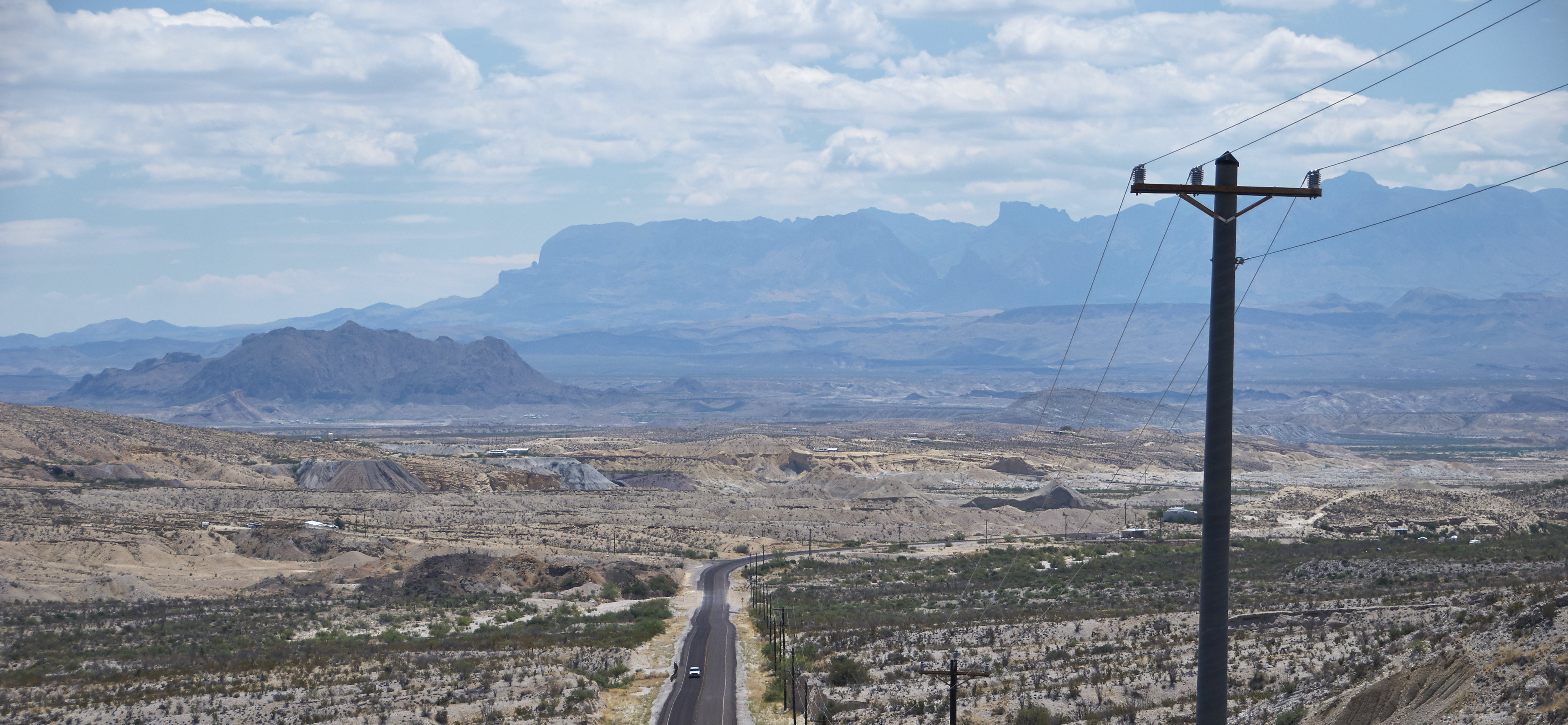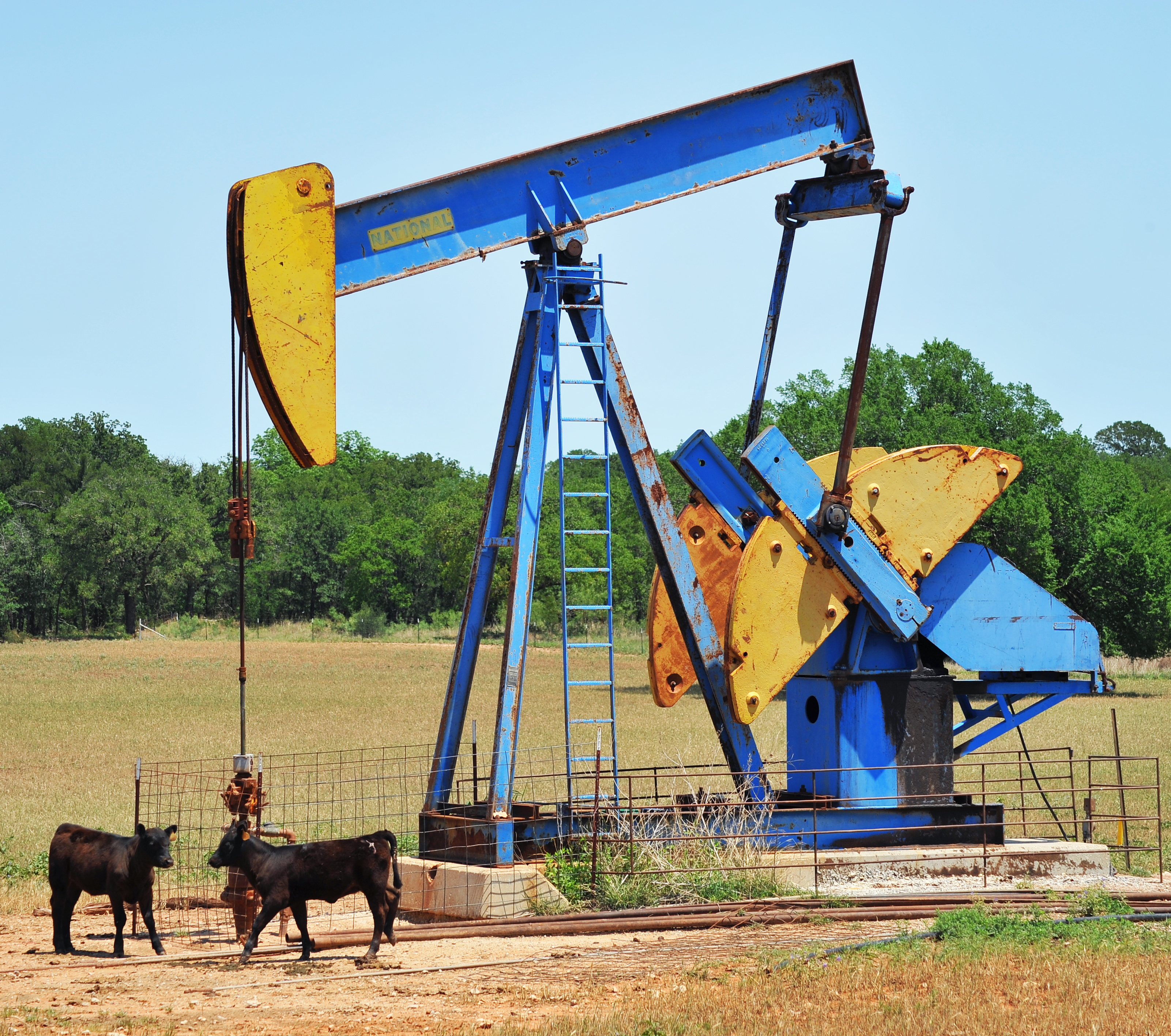The landowner knows best: Conserving the greater Big Bend region
“We come and go, but the land is always here. And the people who love it and understand it are the people who own it – for a little while.” O Pioneers! —Willa Cather
Land. It’s what drew settlers to Texas—the promise of unlimited wide open spaces. Those vast untamed expanses gave birth to the rugged individualism that later wrestled Texas away from Mexico and helped create an independent country. As nationhood gave way to United States statehood and on into the 21st century, land continues to define both Texas and Texans today.
Nowhere is this more apparent than in the greater Big Bend region of Texas where the sky and the land stretch endlessly to meet at some distant point.

In his book, The Baronial Forts of the Big Bend, my grandfather wrote about the “noble desperados”—cattlemen who staked and protected their claim to land by building their own forts. That independent spirit survives today, as evidenced by groups like the Davis Mountains Trans-Pecos Heritage Association, which fiercely works to protect private property rights in the region. The genesis of the organization lay in its successful effort to stop the federal government from acquiring land in the Davis Mountains. The founders felt that private landowners—the people on the ground—knew better how to manage the land.
Indeed, Texans have a rich history of working the land. The state’s economy was built on the backs of farmers and ranchers. Even today, at a time when there is rapid urbanization in Texas, farms, ranches and forestlands still comprise almost 85 percent of Texas land. These rural, agricultural lands provide the water we drink and the wildlife habitat we treasure. They clean the air we breathe, mitigate the impacts of floods, and provide beautiful, scenic vistas. So, it continues to be true in 2018 that the men and women plowing the fields, grazing the range, and conserving and managing our lands hold the keys to the future health of our natural resources in Texas.

Yet Texas land today is facing unprecedented threats. A longitudinal study conducted by Texas A&M’s Natural Resources Institute, Texas Land Trends shows that every 10 years the state loses roughly one million acres of rural lands to development. And, another two to three million are divided into smaller and smaller pieces. This loss and fragmentation has profound impacts on water, wildlife, and air quality that affects all Texans.
For many years, estate taxes have been the biggest threat to land ownership in Texas, as in other parts of the country. With cattle or crops yielding slim margins while land values escalated, many had no choice but to sell all or part of their ranch to pay the tax bill. Family dynamics often play a role, such as kids losing interest in their ranch and disagreement over who takes the lead after the patriarch or matriarch passes away.
Today, as chronicled previously in this CGMF blog series, energy development is emerging as one of the biggest threats to our lands. As wind, solar and gas fields are developed, power and gas lines crisscross multi-generational ranches, making it all too easy to divide the property down the energy company’s easement. Eminent domain laws and the lack of a surface protection statute, as found in every oil producing state except Texas, leave the landowner with few options to protect what is lawfully theirs.

However, not all is doom and gloom. By harnessing the power of private initiative, by engaging the landowner early and often, we can develop creative solutions to these threats to Texas’ private lands.
The Caesar Kleberg Wildlife Research Center, a landowner-centric organization based in Kingsville, has worked with ranchers to advance conservation practices in the Eagle Ford. Ranches once dominated by KR Bluestem now host a multitude of native grasses more hospitable for the Northern bobwhite quail and other species. “Pipeline prairies,” those once-barren right of ways ploughed up to bring gas from West Texas to the Texas Gulf coast ports, now attract pollinators. Throughout the Eagle Ford, landowners teamed up with attorneys, oil company representatives, and biologists to minimize impacts from mineral development by implementing best management practices, like using wooden pallets for roads, painting tank batteries to match the terrain, and finding alternative sources of water.
Aldo Leopold, arguably the father of land conservation, once wrote, “Conservation will ultimately boil down to rewarding the private landowner who conserves the public interest.”
Indeed, the best solution for advancing land conservation in Texas is not more rules and regulations, but rather financial incentives.
Tools like the voluntary conservation easement, which yields tax benefits or monetary compensation, can incentivize the long-term protection of natural resources. Under the terms of a conservation easement, the landowner retains title and control of the property while relinquishing the right to develop it for non-agricultural purposes. Other incentives include “payments for ecosystem services,” where landowners are paid to protect and manage natural resources such as endangered species, carbon, or water.

In the greater Big Bend region of Texas, an area where the picturesque vistas provided by iconic ranchlands attract millions of tourists every year, there is an opportunity to create new incentives. Programs like Montana’s Travelers for Open Land, where visitors voluntarily add a dollar or two to their hotel bills, offer models. But for these and other land conservation programs to work, the landowner must be at the table during the design phase. (A San Antonio program developed to protect water resources on ranches west of the city once counted livestock trailers towards its “impervious cover” limitation—a disincentive for any cattleman to participate.) No one knows better how it will work on the ground than the person who owns that ground.
Land has played a pivotal role in our state’s history, and will continue to influence our collective identity going forward. With thoughtful programs and policies that incentivize stewardship and enable the landowner to manage as he or she sees fit, future Texans will continue to enjoy the wide open spaces and abundant natural resources that people gravitated to in the first place.
A native Texan, Blair Fitzsimons serves as the Texas Agricultural Land Trust’s founding executive, bringing with her a strong combination of experience in non-profit management, public policy, and conservation issues. Previously, as consultant to American Farmland Trust, Blair facilitated the start-up of the Ag Land Trust, which was created by leaders from the state’s leading agricultural and landowner organizations. Blair has served on the board and currently serves on the policy committee of the national Land Trust Alliance, which represents 1,000 member land trusts nationwide.
Blair’s love of the land began on her grandfather’s ranch in Frio County. Since 1989, she has been actively involved in the operations of her husband’s family ranch, which has been recognized by the Texas Society for Range Management, the National Cattlemen’s Beef Association, and the Texas Parks & Wildlife Department for outstanding land stewardship. Fitzsimons has received the Audubon Texas Women in Conservation Terry Hershey Award, was recognized by the Texas Wildlife Association Foundation as a “Woman of the Land,” and received the Texas Wildlife Association’s Sam Beasom Conservation Leader Award.
Editor's note: The views expressed by contributors to the Cynthia and George Mitchell Foundation's blogging initiative, "Actionable Solutions for a New West Texas" are those of the author and do not necessarily represent the views of the foundation. The foundation works as an engine of change in both policy and practice, supporting high-impact projects at the nexus of environmental protection, social equity, and economic vibrancy. Follow the Mitchell Foundation on Facebook and Twitter, and sign up for regular updates from the foundation.

Hide Full Index
Show Full Index
View All Blog Posts